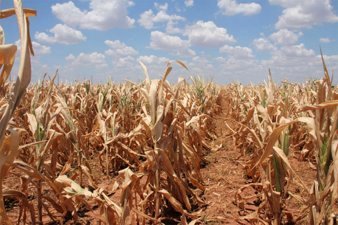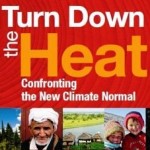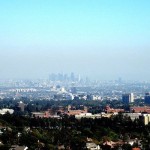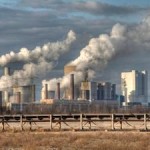Extreme heat across the nation – especially in the Southwest, Southeast, and Upper Midwest – that threatens labour productivity, human health, and energy systems
- By the middle of this century, the average American will likely experience 27 to 50 days each year with temperatures reaching more than 95°F – up to more than three times the average number of 95°F days we’ve seen over the past 30 years. By the end of this century, this number will likely reach 45 to 100 additional days reaching 95°F each year on average.
- As with sea level rise, these national averages mask regional extremes, especially in the Southwest, Southeast, and upper Midwest, which will likely see several months of successive 95°F days each year.
- Labour productivity of outdoor workers, such as those working in construction, utility maintenance, landscaping, and agriculture, could be reduced by as much as 3 percent, particularly in the Southeast.
- Over the longer-term, during portions of the year, extreme heat could surpass the threshold at which the human body can no longer maintain a normal core temperature without air conditioning. During these periods, anyone whose job requires them to work outdoors, as well as anyone lacking access to air conditioning, will face severe health risks and potential death.
- Demand for electricity for air conditioning will surge in those parts of the country facing the most extreme temperature increases, straining regional generation and transmission capacity and driving up costs for consumers.
 Shifting agricultural patterns and crop yields, with likely gains for Northern farmers offset by losses in the Midwest and South
Shifting agricultural patterns and crop yields, with likely gains for Northern farmers offset by losses in the Midwest and South
- Absent agricultural adaptation, if we continue on our current path, national commodity crop production (corn, soy, wheat and cotton) could decline by 14 percent by mid-century and up to 42 percent by late century as extreme heat spreads across the middle of the country.
- At the same time, warmer temperatures and carbon fertilization may improve agricultural productivity and crop yields in the upper Great Plains and other northern states.
- Food systems are resilient at a national and global level, and agricultural producers have proven themselves extremely able to adapt to changing climate conditions. These shifts, however, still carry risks for the individual farming communities most vulnerable to projected climatic changes.
The Risky Business Project found that early action to reduce greenhouse gas pollution can substantially reduce future risks. Impacts that are likely to occur between now and 2030 are largely the result of past emissions, and thus less avoidable.
“The United States faces an array of risks from climate change that are as diverse as we are as a country,” said Kate Gordon, Executive Director of the Risky Business Project. “By looking at how climate affects specific regions and sectors, rather than at national averages that mask local conditions, our research found that the degree to which any single business may be harmed by a changing climate will depend largely on where that business is located. But we still live in a single integrated national economy – so just because it’s not hot where you are, doesn’t mean you won’t feel the heat of climate change.”
“This is just a first step,” Gordon continued. “We urgently need to expand our understanding of the risks our nation faces so we can begin to take the steps necessary to reduce them.”
Check the following link to read/download the Full Report:
http://riskybusiness.org/report/overview/executive-summary
Source: Next Generation.
About the Risky Business Project
Launched in October 2013, the Risky Business Project focuses on quantifying and publicizing the economic risks from the impacts of a changing climate.
Risky Business Project co-chairs Michael R. Bloomberg, Henry Paulson, and Tom Steyer tasked the Rhodium Group, an economic research firm that specializes in analyzing disruptive global trends, with an independent assessment of the economic risks posed by a changing climate in the U.S. Rhodium convened a research team co-led by climate scientist Dr. Robert Kopp of Rutgers University and economist Dr. Solomon Hsiang of the University of California, Berkeley. Rhodium also partnered with Risk Management Solutions (RMS), the world’s largest catastrophe-modelling company for insurance, reinsurance, and investment-management companies around the world. The team’s complete assessment, along with technical appendices, is available at Rhodium’s website, climateprospectus.rhg.com.
The Risky Business Project is a joint partnership of Bloomberg Philanthropies, the Paulson Institute, and TomKat Charitable Trust. All three organizations provided substantive staff input to the Risky Business Project over the past 18 months, and supported the underlying independent. Additional support for this research was provided by the Skoll Global Threats Fund and the Rockefeller Family Fund. Staff support for the Risky Business Project is provided by Next Generation, an independent 501c3 organization.














